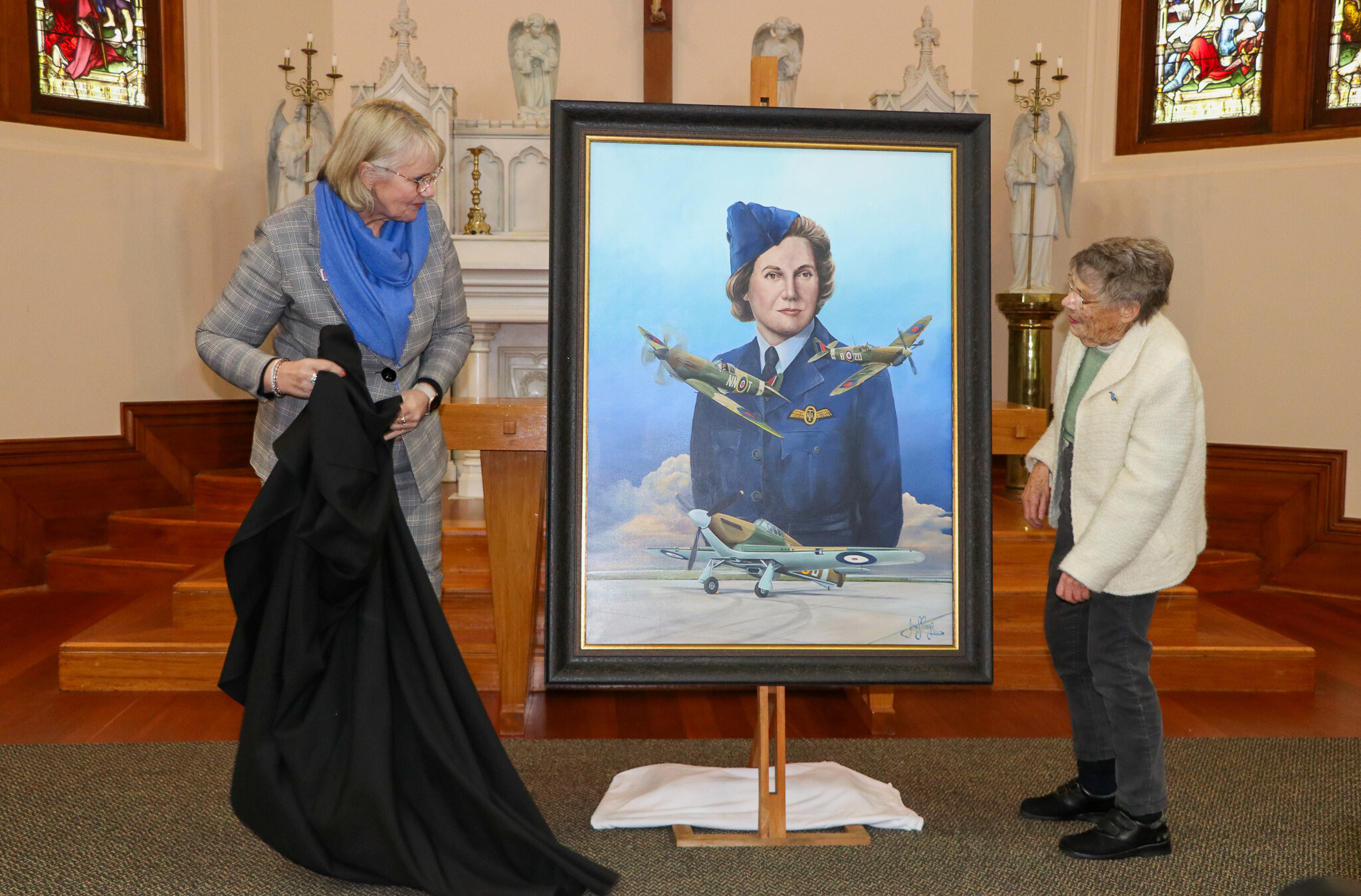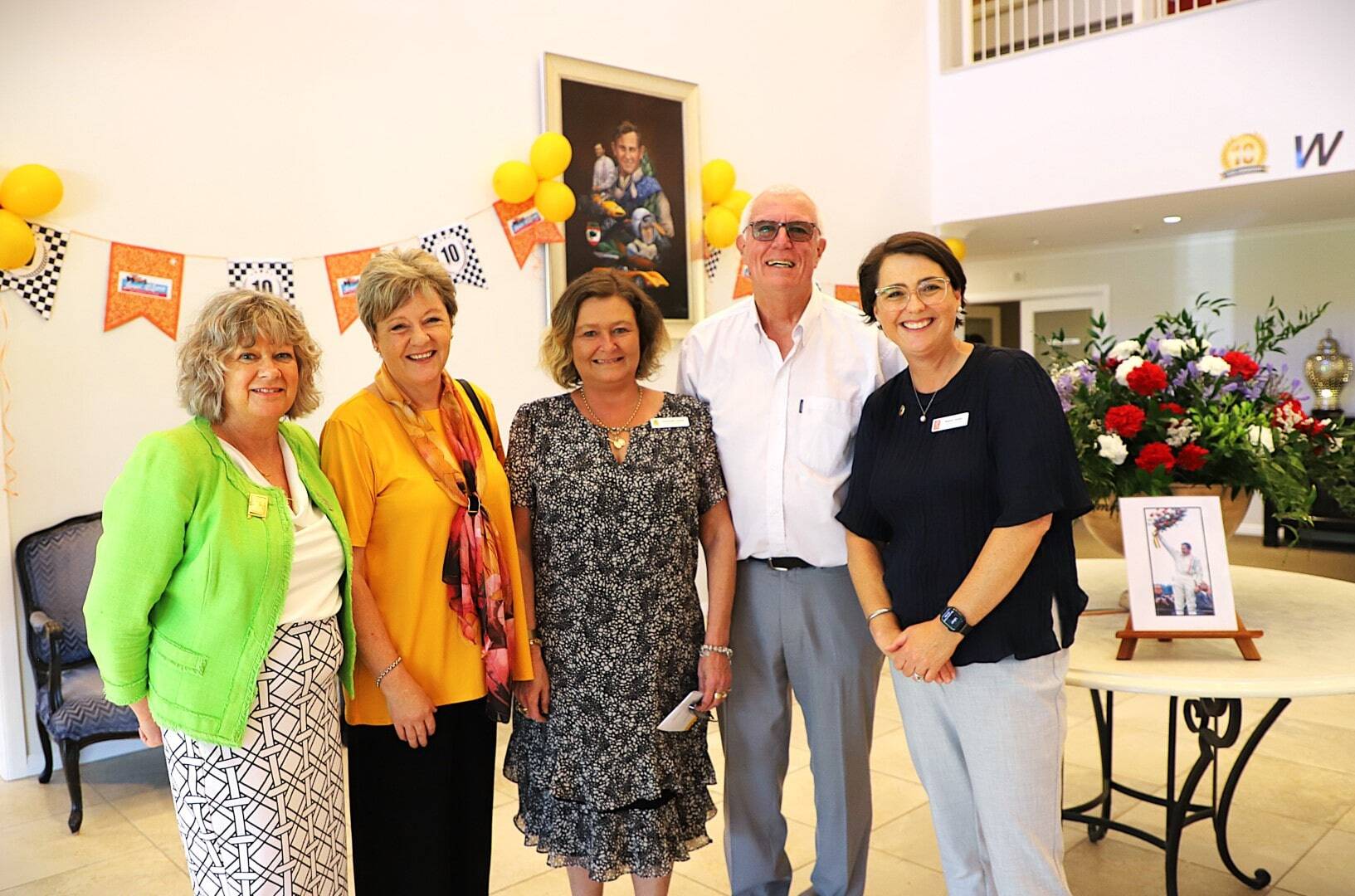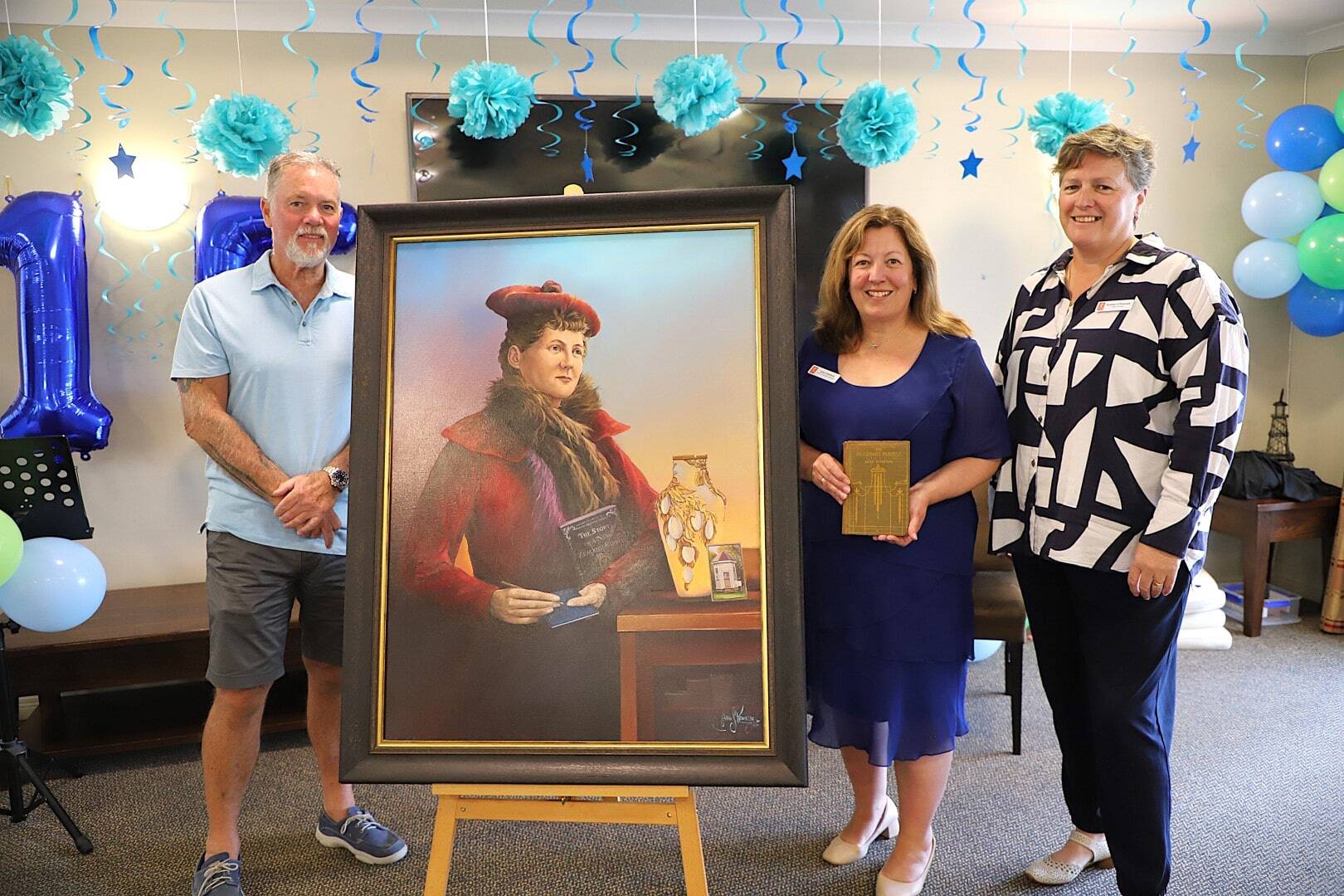Frances leads the way for female high flyers
Frances leads the way for female high flyers
-min.jpg?width=1512&height=1080&name=IMG_0401%20(Large)-min.jpg)
Singular focus, determination and ‘a lot of hard work’ is what it took for Frances Barnes to become a pilot and pioneering commercial flight instructor, the career she chose as a young girl.
Originally from Auckland, but now 86 and a resident at Ryman Healthcare’s Jane Winstone Village in Whanganui, Frances says she is delighted to live in a village named after another pioneering aviatrix.
Jane Winstone was the youngest woman pilot in New Zealand when she flew solo at age 17 in 1929, and died in service in 1944 after her Spitfire engine failed.
“She was fantastic! She did things that, while more common today, were pioneering at the time, being brought on by the situation of war,” Frances says.
READ MORE:
- Jane Winstone's portrait soars to the skies
- Stunning portrait of Linda Jones revealed by Linda Jones MBE on Ryman's 40th birthday
Ryman Healthcare’s CEO Naomi James says this year’s International Women’s Day marks a great opportunity to celebrate women like Frances and village namesake Jane Winstone who both excelled in their field.
“When I hear about the achievements of residents like Frances, who forged ahead with her ambition to succeed in a very male-dominated area, I feel huge respect and admiration for the new boundaries that she broke,” Naomi says.
“It is impossible not to feel inspired by Frances, and by the incredible legacy left by Jane Winstone. Both women have paved the way for others to succeed after them.”
%20(Large)-min.jpg?width=1601&height=1080&name=IMG_4006%20(1)%20(Large)-min.jpg)
A young girl’s dream
Inspiration from home gave young Frances the idea of becoming a pilot, with a school project the catalyst.
“My eldest brother was a bomber pilot who was shot down over France in the second world war. My next brother did engineering, and my third brother went into the NZ Air Force.
“I was faced with doing this school project and thought, ‘What on earth am I going to do?’, and it suddenly hit me. I’d do one on planes and the development of the jet engine.”
The idea took hold and Frances remembers announcing to her mother that she wanted to be a pilot and fly when she left school. Her mother agreed to it but on the condition that Frances pay for her own flying lessons.
As part of her research for her school project, Frances thought she should go flying, so she went out to the airfield.
“I wasn’t sure how you went about this flying business. This chap looked at me and asked, ‘Have you got a licence?’
“I said, ‘That’s what I’m here to do!’”
The man told Frances that she had to have a student licence to be allowed to learn to fly.
“So off I went with all the information you need for medicals, licences and things, I rang Civil Aviation and said I was applying for a licence.
“They told me I had to get a photo – but you have to be 16. I was 12!” she laughs.
Nevertheless, for the next four years, Frances kept her eye firmly on her flying goal and on her 16th birthday she couldn’t wait for 9am to come around so she could ring Civil Aviation about her licence.
“They knew exactly who I was, and told me my licence was in the mail!”

Focus and drive
Using her limited financial resources, Frances could only manage about half an hour of flying time per month, but her determination paid off, and she gained her commercial pilot licence at 19.
She then became the first woman air traffic control assistant employed at Auckland, but after being advised that she was probably a bit over-qualified for the role, she decided to gain her instructor rating, later instructing at Auckland Aero Club in 1961.
While her family was supportive, Frances describes other people’s reactions to her career choice as ‘mixed’.
“But I would never take any notice of them anyway,” she says.
In 1962, Frances became the first full time woman instructor when she accepted a position at Wellington Aero Club.
Her flying jobs could range from scenic flights to medical emergencies where a nurse would accompany a patient being transported to hospital.
It was a job that gave her plenty of job satisfaction, she says.
“It’s a very interesting area because there are quite a few subjects associated with flying, including meteorology, navigation, and airmanship. They’re all very important because you can’t do it without them.”
Frances also became a founding member of the NZ Airwomen’s Association, later the New Zealand Association of Women in Aviation.
“A group of us got together one Labour weekend and formed the association to get women mobile in the industry. It’s really flourishing these days, and we have now got women working as captains on long haul flights. But we’re still pushing for more women to realise it’s part of their job choices to consider.”
She took a break from flying to bring up her family, but remarkably, after 25 years, she regained her commercial pilot licence and B category instructor rating in 1986. The final flights recorded in her log books, which she still holds dear to this day, were in 2000.
Ryman’s role models
Ahead of International Women’s Day on March 8, Ryman Healthcare CEO Naomi James says she is proud to join an industry where female representation in leadership positions is higher than average.
Indeed, 66% of leaders at Ryman are female, with four out of the seven senior executive team members women.
Says Naomi: “There is more work to be done across the wider corporate sector to ensure that women feel confident and supported to strive for those leadership roles. I want to do my bit to encourage others to reach higher in their careers.”
by Maryvonne Gray | Mar 7, 2025
Subscribe to our blog newsletter
You May Also Like
These Related Stories

Jane Winstone’s portrait soars to the skies!

Residents get revved up for Bruce McLaren Village’s 10th birthday


